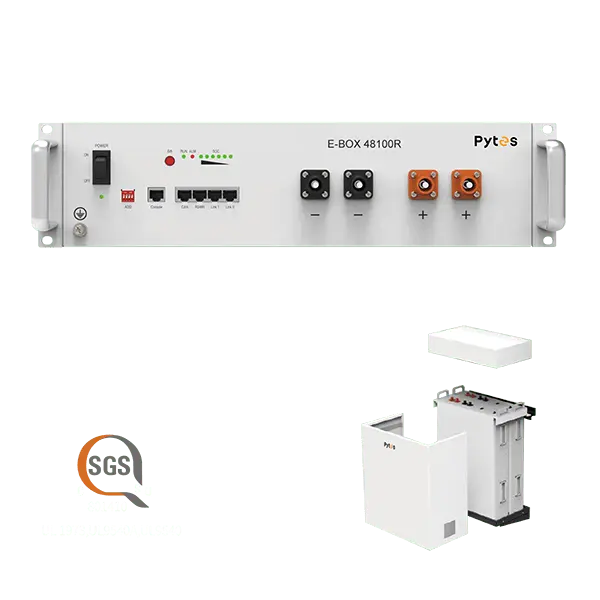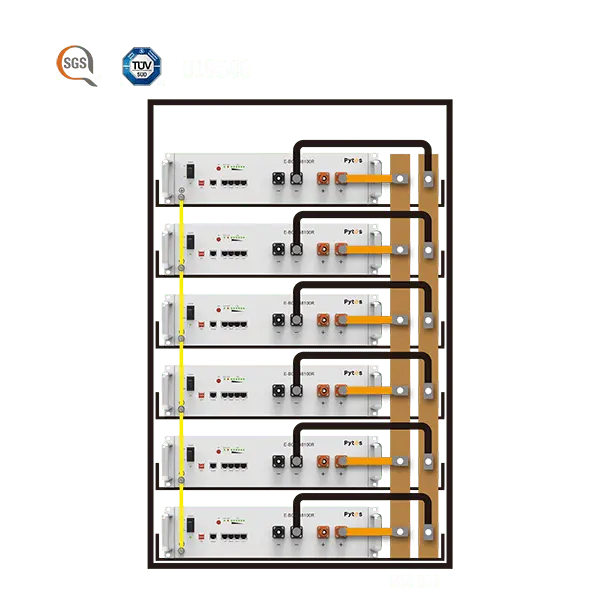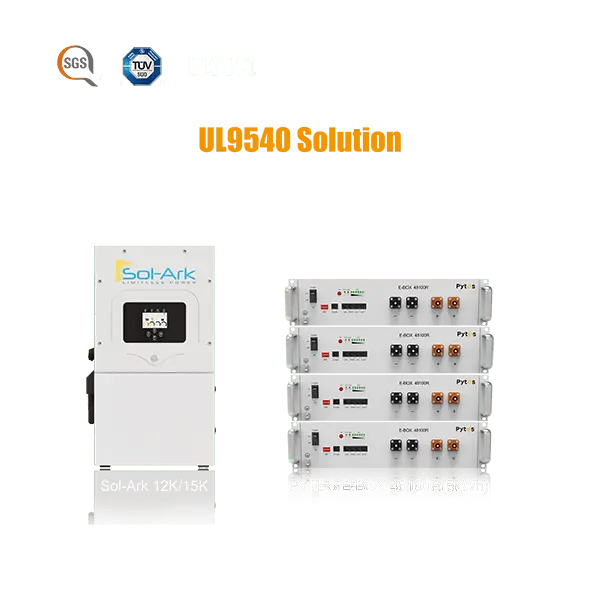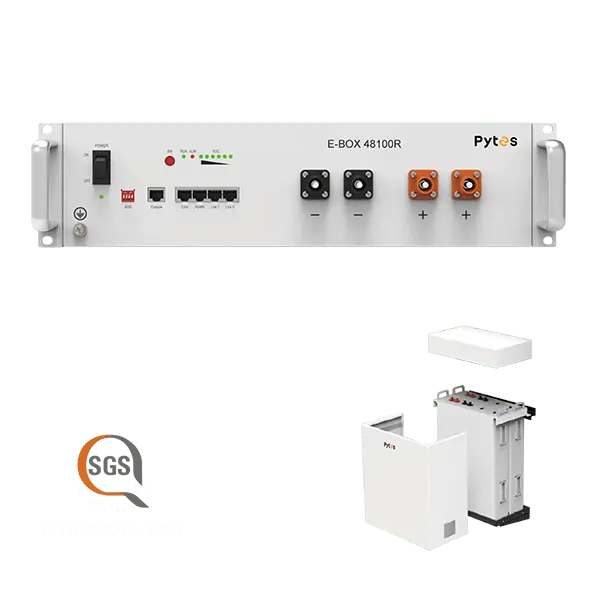As the demand for clean, reliable and cost-effective energy solutions continues to grow, solar battery storage systems have become an essential part of the modern energy infrastructure. This year, solar battery storage systems will be a practical investment for anyone looking to increase energy independence, reduce utility bills and avoid power outages.Whether you're exploring solar for the first time or considering adding storage to your existing system, this guide will take you through a comprehensive look at solar battery storage systems in 2025.
A solar battery storage system is designed to store excess electricity generated by solar panels during the day for use later—typically at night, during cloudy weather, or when grid electricity is more expensive. Rather than sending surplus energy back to the grid, the power is saved in a battery bank, ensuring users get the most value out of their solar investment.
Most modern systems use lithium-based batteries, especially lithium iron phosphate (LiFePO4), known for their safety, long lifespan, and energy efficiency. The stored electricity can power your appliances, lighting, or even critical systems during a blackout.

Here’s a simplified breakdown of how a typical system functions:
Solar panels collect energy from sunlight and convert it into direct current (DC).
An inverter changes DC into alternating current (AC) to power your home or business.
Excess electricity that isn’t used immediately is diverted to solar batteries for storage.
When the sun goes down or energy demand increases, the system discharges the stored energy to continue powering your property.
Many systems are also designed to interact with the grid—feeding excess electricity back into it or drawing from it when needed, depending on the user’s configuration and energy pricing model.
Several factors have contributed to the surge in solar battery adoption globally:
1. Rising energy costs: Utility prices are increasing in many regions, making self-generated and stored power more economical.
2. Grid instability: More people are seeking solutions that offer energy security during blackouts, storms, or peak usage times.
3. Sustainability goals: Governments, companies, and individuals are adopting greener practices to reduce carbon emissions.
4. Technological progress: Battery technologies are becoming more compact, durable, and intelligent, with advanced monitoring and control features.
In 2025, solar battery systems are more affordable and accessible than ever, making them an essential consideration for future-ready energy systems.

There are several types of solar battery setups, depending on your specific goals:
1. Grid-Tied with Battery Backup
This is the most common configuration for homeowners. It allows the system to operate with the grid while storing energy for backup during outages or peak rates.
2. Off-Grid Systems
These are ideal for remote locations or users who want complete energy independence. The entire energy demand is met by solar panels and batteries, without relying on the utility grid.
3. Hybrid Systems
Combining both grid-tied and off-grid capabilities, hybrid systems offer flexible energy management. Users can store energy, sell excess back to the grid, and still have power during outages.
1. Energy Independence
Storing your own solar energy means you rely less on the grid and are less affected by price fluctuations or blackouts.
2. Lower Utility Bills
Using stored solar energy during expensive peak hours (time-of-use pricing) can dramatically reduce your monthly electricity costs.
3. Backup Power
Solar batteries can keep critical systems running during outages, including lighting, refrigeration, medical equipment, and security systems.
4. Environmental Impact
By maximizing your use of renewable energy, you significantly reduce your carbon footprint and support the shift toward cleaner energy.
1. Longer Lifespans
Modern batteries, especially LiFePO4 types, can last over 6,000 cycles. This equates to more than 20 years of use with minimal degradation.
2. Greater Compatibility
Many battery systems are now designed to work seamlessly with a wide range of solar inverters and home energy management platforms.
3. Compact, Scalable Design
Today's systems are more space-efficient and modular, allowing homeowners to expand storage capacity as needed.
4. Smarter Energy Management
Through mobile apps and AI-enhanced systems, users can monitor and control their battery storage, usage patterns, and performance in real time.

When selecting a solar battery storage system in 2025, consider the following factors:
1. Capacity (kWh): Determine how much energy you need to store daily.
2. Power rating (kW): Ensure the battery can supply enough electricity for your appliances.
3. Cycle life: Choose systems with high cycle counts for long-term reliability.
4. Warranty and support: Look for brands with strong customer support and warranties.
5. Installation flexibility: Some batteries are wall-mounted, while others fit into server racks or standalone enclosures.
One product that has gained significant attention in the energy storage industry is the Pytes E-Box 48100R. Designed and manufactured by Pytes, a global leader in energy storage solutions, this model reflects the best of 2025’s innovations.
The Pytes E-Box 48100R features:
A. 48V LiFePO4 battery chemistry for superior safety and longevity
B. Compatibility with major inverters, such as Sol-Ark, making it ideal for both new installations and system upgrades
C. Rated for over 6,000 cycles at 90% depth of discharge, ensuring long-term performance
D. Compact design that fits standard server racks and supports wall, floor, or rack-mounted options
E. Support for various applications such as time-of-use, peak shaving, virtual power plants (VPPs), and off-grid backup
Pytes, with over 20 years of technical expertise, continues to support users worldwide in achieving energy independence and sustainability through high-performance storage systems backed by ongoing technical service.

By 2025, whether your goal is to save money, increase energy security or reduce environmental impact, investing in a solar battery energy storage system makes practical sense and economical.
As technology advances and applications continue to grow, systems like the Pytes E-Box 48100R are setting new benchmarks in reliability, flexibility and user experience. By understanding its benefits and available options, you can make an informed decision.
Solar Battery Storage System Costs in 2025: A Buyer's Guide


